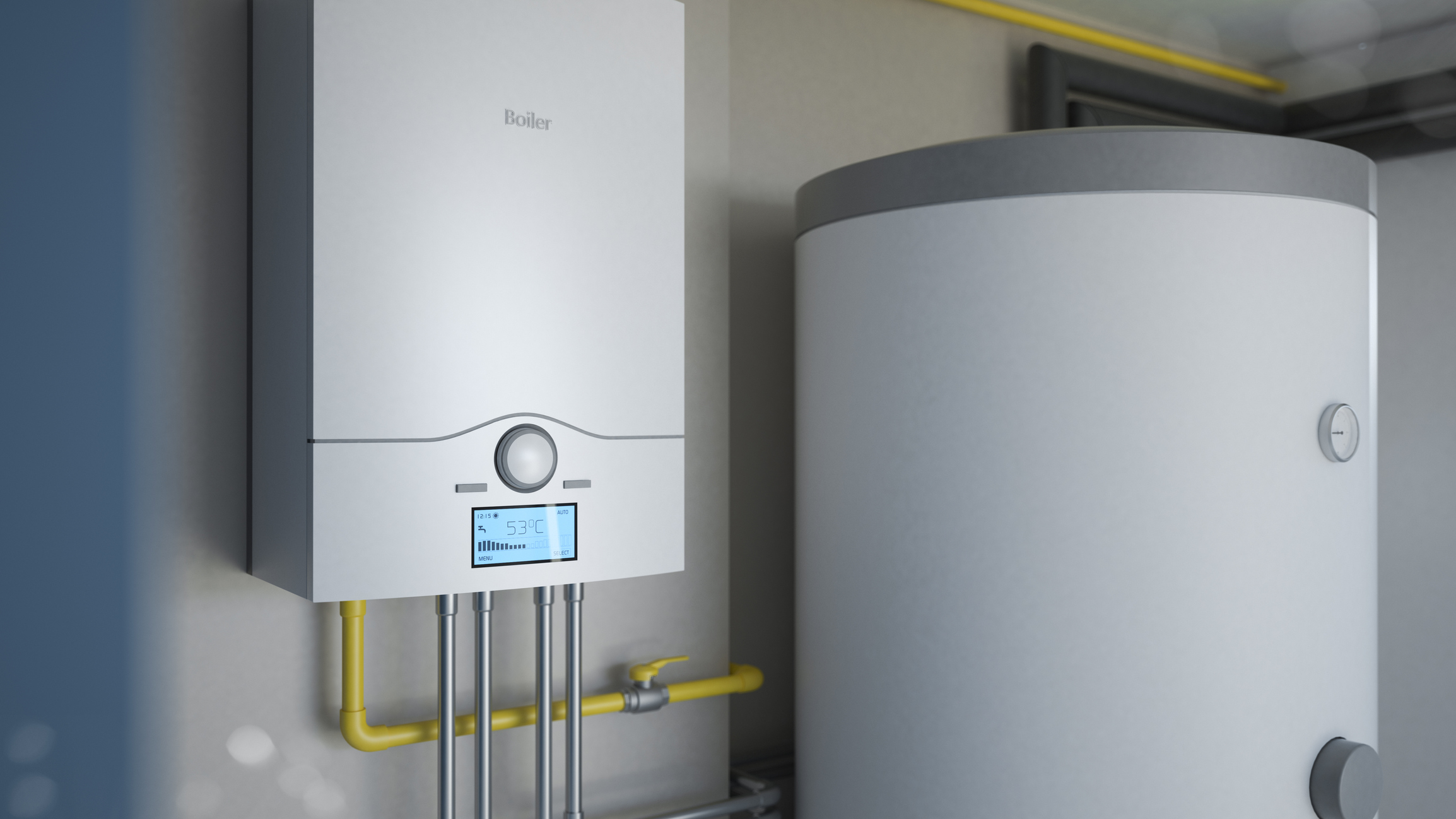Best Practices for Caring for Your Home's Hot Water System
Best Practices for Caring for Your Home's Hot Water System
Blog Article
Nearly everybody seems to have their private conception with regards to Tips For Maintaining Your Hot Water Heater.

Warm water is vital for everyday comfort, whether it's for a revitalizing shower or cleaning meals. To ensure your hot water system runs successfully and lasts much longer, regular upkeep is crucial. This article offers practical ideas and insights on just how to keep your home's warm water system to prevent interruptions and costly repair work.
Intro
Preserving your home's hot water system could seem complicated, however with a few easy steps, you can ensure it operates smoothly for several years to find. This overview covers whatever from comprehending your hot water system to DIY upkeep pointers and knowing when to contact specialist aid.
Significance of Preserving Your Hot Water System
Regular maintenance not only extends the life-span of your hot water system but likewise guarantees it runs successfully. Disregarding maintenance can lead to decreased effectiveness, greater power costs, and also premature failing of the system.
Signs Your Hot Water System Demands Maintenance
Recognizing when your hot water system requires attention can avoid significant issues. Keep an eye out for signs such as irregular water temperature level, unusual sounds from the heating system, or rusty water.
Recognizing Your Warm Water System
Before diving into upkeep jobs, it's valuable to recognize the standard components of your hot water system. Normally, this consists of the water heater itself, pipes, anode rods, and temperature level controls.
Monthly Maintenance Tasks
Routine month-to-month checks can aid catch minor problems before they rise.
Purging the Hot Water Heater
Purging your water heater removes sediment accumulation, boosting performance and prolonging its life.
Checking and Replacing Anode Rods
Anode rods avoid rust inside the tank. Inspecting and replacing them when worn out is important.
Checking and Readjusting Temperature Level Settings
Readjusting the temperature settings makes certain optimum efficiency and safety and security.
DIY Tips for Maintenance
You can carry out a number of upkeep tasks on your own to keep your hot water system in top condition.
Looking for Leakages
Routinely examine pipes and connections for leakages, as these can cause water damage and higher bills.
Examining Stress Alleviation Valves
Checking the stress safety valve guarantees it works properly and avoids excessive pressure buildup.
Shielding Pipelines
Protecting hot water pipes reduces warmth loss and can conserve energy.
When to Call an Expert
While DIY maintenance is advantageous, some issues need expert experience.
Facility Problems Requiring Expert Aid
Instances consist of major leaks, electrical problems, or if your hot water heater is continually underperforming.
Routine Professional Upkeep Perks
Professional upkeep can include thorough assessments, tune-ups, and making sure conformity with safety and security criteria.
Final thought
Normal upkeep of your home's warm water system is crucial for effectiveness, longevity, and price savings. By adhering to these suggestions and recognizing when to seek specialist assistance, you can ensure a trusted supply of hot water without unforeseen disturbances.
How to Maintain an Instant Hot Water Heater
Before tinkering with your hot water heater, make sure that it’s not powered on. You also have to turn off the main circuit breaker and shut off the main gas line to prevent accidents. Also turn off the water valves connected to your unit to prevent water from flowing into and out of the appliance. 2. When you’re done, you have to detach the purge valves’ caps. These look like the letter “T†and are situated on either side of the water valves. Doing so will release any pressure that has accumulated inside the valves while at the same time avoid hot water from shooting out and burning your skin. 3. When the purge valves’ caps are removed, you have to connect your hosing lines to the valves. Your unit should have come with three hoses but if it didn’t, you can purchase these things from any hardware or home repair shops. You can also get them from retail stores that sell water heating systems. Read the user’s manual and follow it to complete this task properly. When the hosing lines are connected, open the purge port’s valves. 4. You should never use harsh chemical cleaners or solutions when cleaning your unit. Make use of white vinegar instead. It should be undiluted and you’ll probably use about 2 gallons. 5. Now flush your water heater. This task should probably take about 40 minutes. We can’t give you specific directions for this because the procedure is carried out depending on the type, model and brand of your heater. With that being said, refer to the user’s manual. 6. When you’re done draining the unit, you have to turn off the purge port valves again. Remove the hosing lines that you earlier installed on each of the water valves. Put the valve caps (purge port) back in their respective places and be very careful so as not to damage the rubber discs that are found inside these caps. 7. Now that everything’s back in place, check your user’s manual again to find out how to reactivate your water heating system. 8. Once it is working, turn one of your hot water faucets on just to let air pass through the heater’s water supply pipes. Leave the tap on until water flows smoothly out of it. https://www.orrplumbing.com/blog/2014/september/how-to-maintain-an-instant-hot-water-heater/

As a keen reader on Water Heater Maintenance Tips You Can't Afford to Forget, I assumed sharing that piece of content was appropriate. Please take a moment to distribute this post if you enjoyed reading it. I thank you for your readership.
Phone Report this page